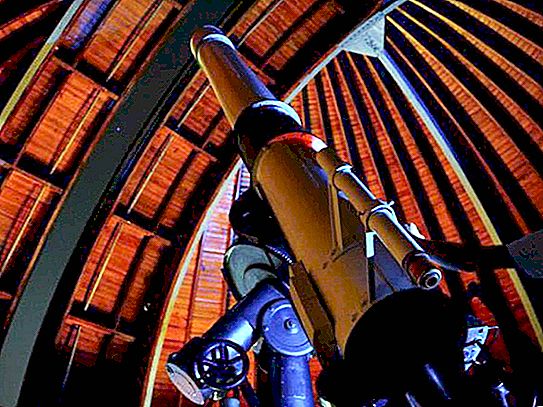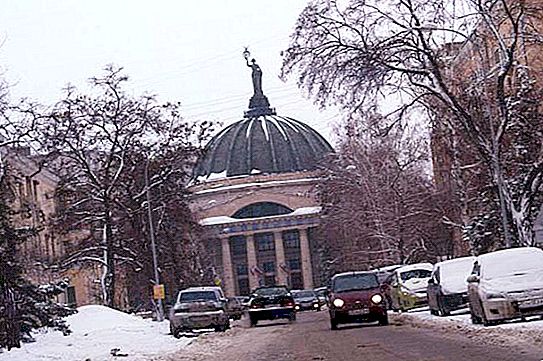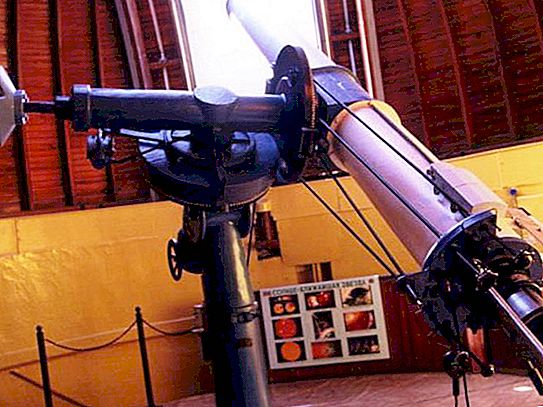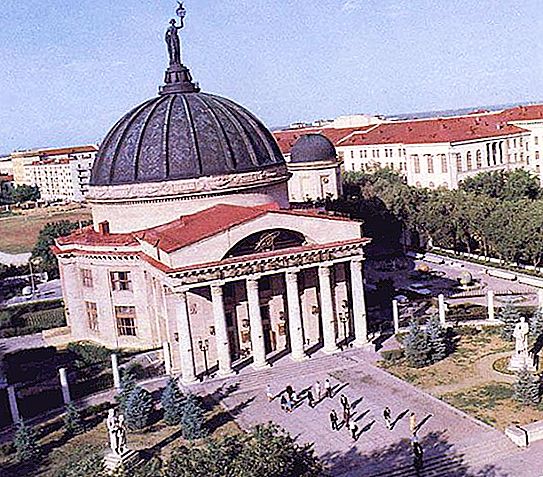The Volgograd Planetarium is considered one of the best not only in Russia, but throughout the world. It is known for its unusual history and is a major educational center, whose activities are mainly aimed at disseminating knowledge about our Earth as a planet, as well as astronomy and astronautics among the younger generation. Over the entire existence of this star house, more than 40 million people visited it.
History
The Volgograd Planetarium (Volgograd) appeared in the difficult post-war period. The idea of its construction originated in Germany. The working people of this country wished to make a birthday present for the great Generalissimo I.V. Stalin. The building itself for the planetarium was built in Stalingrad, and all the equipment and expensive materials presented by the workers of the GDR as a symbol of the desire of the German people and scientists to progress and peace.
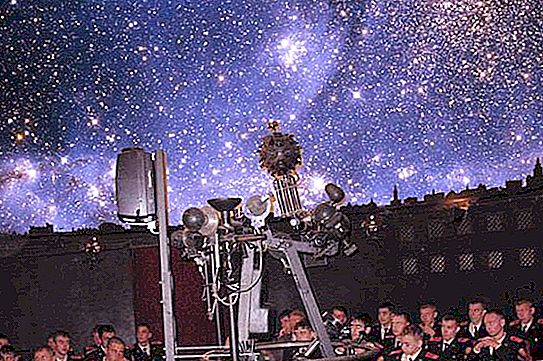
The construction was carried out as soon as possible, and in 1954 all finishing work was completed. Then the builders proceeded to the most difficult stage - the installation of complex optical instruments and the installation of astronomical devices. This task was completed promptly, and the Volgograd Planetarium was inaugurated in the same year. On that significant day in front of his building, a grand rally was held, which was attended by representatives of public and party organizations.
Description
Currently, the Volgograd Planetarium can rightfully be called a center where they are introduced and trained at the highest level of natural science knowledge. For all its sixty years of activity, this star house has become the best in Russia and is listed in the catalog of the largest planetariums in the world, taking eighth place there. Guests and delegations from almost all countries came here.
Throughout its history, this cultural structure has not lost its scientific significance and is still considered one of the main attractions of its city. Locals and visitors can see in its premises a lot of interesting and unique. For example, in the main building there is an exhibition of photographs telling about the achievements and exploits of Soviet cosmonauts. In the same hall, you can still see the models of the first artificial Earth satellite and the Luna-3 spacecraft.
Having risen in the upper foyer of this building, visitors can get acquainted with the globe of our planet, where its structure is shown, as well as with the Foucault pendulum, thanks to which the daily rotation around the Earth is proved. The greatest interest among the spectators who came to the Volgograd planetarium on an excursion is caused by its other premises, which are worth telling in more detail.
Star hall
This room can accommodate up to 460 visitors. Here is a screen with a domed shape. It shows viewers the starry sky using a special drug made in Germany. This equipment has various technical capabilities and thanks to it you can see more than six thousand planets and stars of our universe, and at the same time.
Visitors can also observe how the sky moves, various natural phenomena, such as flights of comets and meteors, northern lights and many others. Thanks to the most powerful technologies, in this room you can fly to the vast expanses of space and observe the starry sky from the moon or some other planet, as well as visit Jupiter and look at the solar system from the side.
In this room there is still a zoom, with which you can see the constellations from different angles and unique fragments of the movement of the lunar rover located on the moon. The Volgograd Planetarium Museum can give many new experiences to its visitors. Its operating mode is especially designed so that people can choose the best time for themselves to visit this starry house.
Observatory
An equally interesting place in this cultural and scientific center is the 22-meter tower, where a special telescope is installed, with a focus of 5, 000 mm and an eight-fold increase. This optical instrument provides a unique opportunity for all visitors to the astronomical observatory to observe the sun and spots on its surface in the daytime, the moon, its craters, “seas” and mountains during the dark.
In addition, viewers here can see all the planets at close range, star clusters and other galaxies.
Astronomical site
This place is no less interesting than the above planetarium premises. There are many trees, flower beds and lawns with beautiful flower beds, among which are unique astronomical devices. Visitors here can see the ancient sundial, armillary sphere, etc. Each of these exhibits is described in detail during excursions.
In addition, the planetarium has an astronomical section for schoolchildren, where practical classes and observations of all celestial phenomena occurring in the latitude of Volgograd take place.
Impressions of visitors
Of course, such excursions and exhibits will be interesting not only for children, but also for their parents. Therefore, many people like to visit the Volgograd planetarium with their whole family. Ticket prices are relatively low: children - 170 rubles., Adults - 250 rubles. Therefore, such a family walk does not require a lot of money from the family budget.
Everyone who visited this starry house was delighted not only with its amazing exhibits, but also with the magnificent architecture of the building itself. The monumentality of this building is amazing. Also, a lot of surprising and unique things in the planetarium await the youngest visitors. Parents especially like the fact that on weekends for schoolchildren there are also lectures on astronomy.

